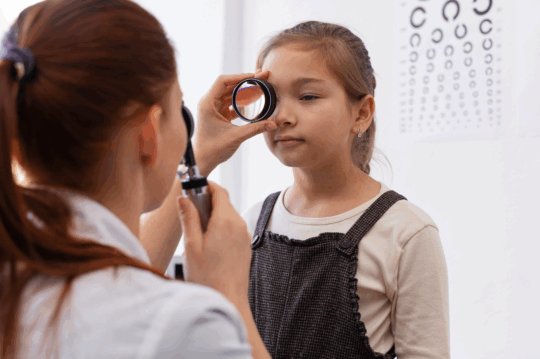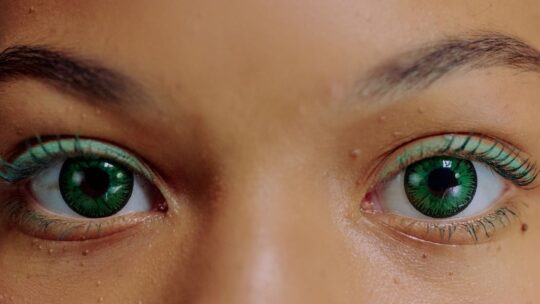
Undetected vision problems and poor eyesight can be detrimental to your child’s well-being. They might have trouble focusing in school or in outdoor activities. This is why, as parents, it’s important to take care of your child’s eye health and vision.
The good news? Promoting healthy eye vision isn’t too difficult. Here are five simple and effective tips every parent should follow to promote healthy eyesight:
- Limit Screentime
One of the simplest ways to promote healthy vision is to limit screentime. Prolonged focus on the screen can lead to:
- Dryness
- Eye fatigue
- Discomfort
According to some studies, excessive screen time is linked to the development of myopia, especially in children. Here’s what you can do:
- Have your child take frequent breaks.
- Set realistic screen time limits and make sure your child follows them.
- Have them read physical books instead of digital versions.
- Encourage Outdoor Play
As hinted earlier, excessive screen time can cause strain and fatigue. Encourage your child to engage in outdoor activities.
Outdoor play not only boosts energy levels but also facilitates proper eye development. It can also lower the progression of myopia. Natural light relaxes eye muscles and promotes healthy vision.
- Ensure a Diet Rich in Vitamins and Omega-3s
A healthy and balanced diet can also reduce the risk of vision-related issues.
Include foods rich in:
- Vitamins A, C, and E
- Zinc
- Lutein
- Omega-3 fatty acids
For instance, carrots, citrus fruits, nuts, fish, and leafy green vegetables are recommended for young children to support healthy eye and vision development.
- Recognize Warning Signs of Eye Issues
Vision problems in children go unnoticed more often than you’d think. Growing up, children believe their way of seeing the world is right. Moreover, they lack the vocabulary to describe visual difficulties.
While every child is different, there are some common signs that indicate vision difficulties. This includes:
Complaining of headaches. If your child has uncorrected vision issues (nearsightedness, farsightedness, and astigmatism), they need to make constant effort to see clearly. This can cause headaches and discomfort.
Blinking, rubbing, or squinting of eyes. This is especially common when a child is trying to concentrate on something, such as a book or a screen.
Holding devices too close to their eyes. This is a common sign of nearsightedness.
Favoring one eye. If your child covers one eye or tilts their head to one side while focusing, they could have misaligned eyes.
Early intervention is super important and can reduce the chances of permanent vision problems.

- Schedule Regular Eye Exams
Speaking of precaution, routine eye checkups are vital. They can improve school performance and prevent learning delays. Follow this timeline for your child’s vision checkups:
- First eye exam around six months
- A check-up at age three
- A comprehensive eye exam before starting school
- Annual kid’s eye exam once they enter school
Reputable eye clinics like Pearle Vision do numerous tests with pictures and letters to determine any vision problems. Ophthalmologists evaluate how well the eyes move, focus, and work together.


















